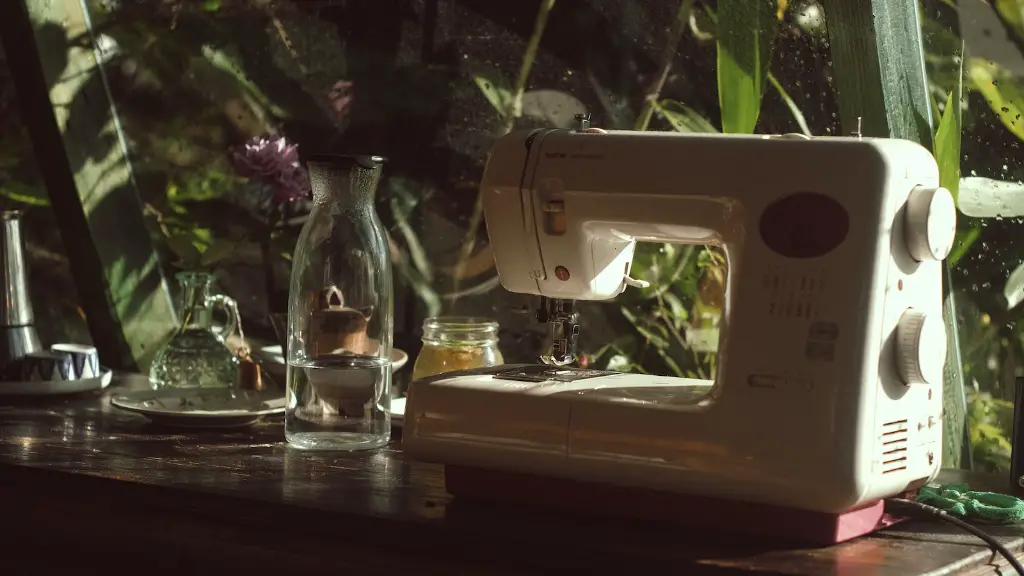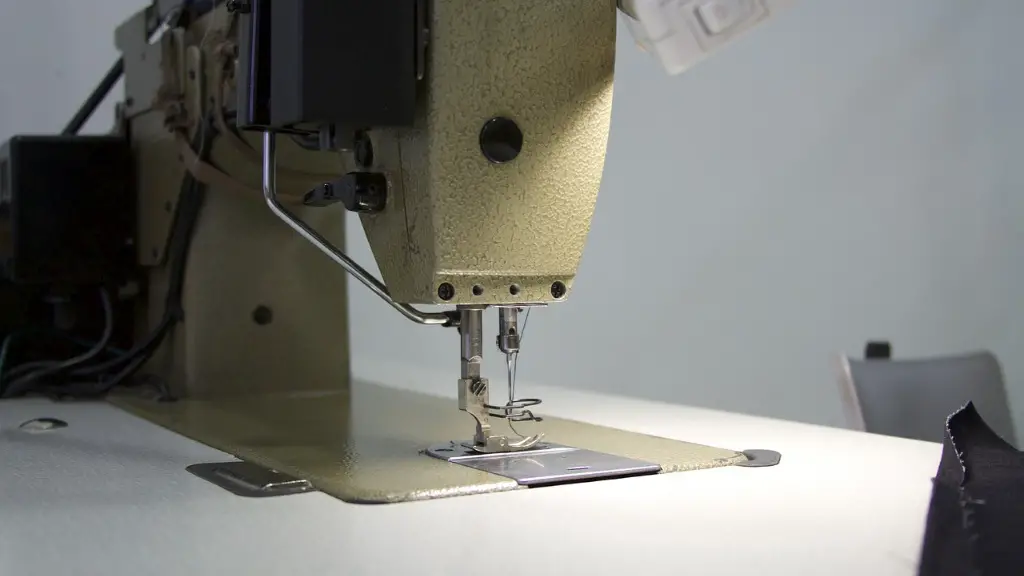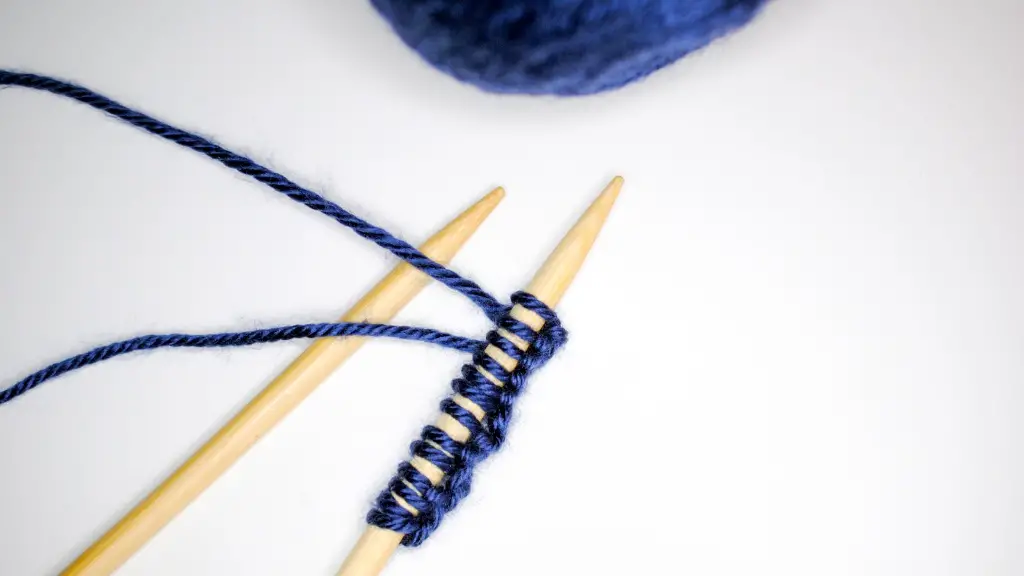Knowing how to hem pants using a sewing machine can be an essential skill when you need to adjust the length of a garment. Hemming is not only an economical solution but can also result in a professional finish. In this article, we provide an overview of the process and provide a step-by-step guide on how to hem pants with a sewing machine.
1. Necessary Materials
Before embarking on the hemming process, it’s important to collect all the necessary items to ensure a successful outcome. This includes a sewing machine, thread, scissors, pins and fabric. When selecting thread, use the same shade as your pants for a subtle, aesthetically pleasing edge. To ensure you hem the pants to the correct length, you’ll also need a tailor’s measuring tape or ruler. In addition, you may want to use tailor’s chalk or a fabric marker to mark and draw lines on fabric.
2. Getting Started
Once you have all the necessary items, you can start hemming your trousers. Begin by putting on your trousers and assessing the length, as you’ll need to take off this same amount from the trousers. If necessary, mark the desired length with tailor’s chalk or fabric marker. Next, it’s important to turn up the excess fabric twice and pin it, as this will help ensure that the hem is straight and neat. When the pins are in place, you can remove the trousers and begin to sew hem.
3. Sewing the Hem
The next task is to use the sewing machine and the thread to sew a neat and even hem. To help keep the fabric tight, start each stitch at the edge of the seam that’s closest to the hem. Sew slowly and carefully while continuing to look at the hem to ensure it’s not crooked or lumpy. It should be smooth and symmetrical. The best way to check whether the seam is straight is to compare it to the hem of the other trouser leg.
4. Finishing Touches
As the last step in the hemming process, you’ll need to iron the hem with a hot iron. Make sure to press the seam with the iron for a few seconds in order to make sure the hem stays in place. Although it may be tempting to apply too much heat to the garment, doing so may damage the fabric. Finally, you should inspect the pants to guarantee the entire hem is neat and even.
5. Common Pitfalls
To guarantee success when hemming pants with a sewing machine, it’s important to be aware of some of the common pitfalls. These include using an inappropriate thread, sewing too quickly, and pressing the hem too forcefully with the iron. It’s also vital to ensure that the fabric is pinned in place before beginning the sewing process, as this can prevent the fabric from moving and becoming creased while sewing. Once these mistakes have been avoided, the process of hemming trousers should be relatively straightforward.
6. Advanced Techniques
Accomplished tailors may find the instructions outlined in this article too basic and expect more from their hemming technique. If this is the case, there are several more advanced methods you can use to perfect your pants. For example, you could attempt to “blind stitch” the hem, which involves using an invisible approach that provides extra strength and durability. Alternatively, you could explore the various decorative hemming techniques such as herringbone or French seams.
7. Considerations When Hemming Pants
When it comes to hemming pants, it’s important to take certain considerations into account. Firstly, remember that fabric type can be significant when it comes to the hemming process, with some being more difficult to manage than others. Secondly, it’s crucial to ensure that you obtain the correct length when you set the hem. If the hem is too short or long, this could affect the overall appearance of the trousers and could potentially cause discomfort. Lastly, when choosing your thread, make sure that it matches the colors of the trousers as closely as possible.
8. Taking Professional Services
In some cases, it may be better to take advantage of professional hemming services. This may be especially true if you don’t have access to a sewing machine or lack the skill or confidence to make any alterations to your pants yourself. The advantage of using a professional hemming service is that it can provide much faster results and usually guarantees a high-quality finish.
9. Tips for Beginners
If you’re new to sewing, there are a few tips you can keep in mind that may help you to successfully hem your pants. Start with an old pair of trousers so you can get familiar with the process before attempting to hem more expensive garments. Additionally, try altering the length of an old pair of pant legs to practice, as this may help you to develop the necessary skills and confidence. Finally, take your time and don’t rush – just like with any new task, practice makes perfect!
10. Conclusion
In conclusion, hemming pants can be a straightforward and economical way to alter the length of trousers. To ensure success, it’s essential to obtain the correct materials and to approach the process with patience. Additionally, check out the tips above if you’re new to sewing and consider taking advantage of a professional service if you’re struggling to complete the task yourself.
Part 2 – What Fabric Should I Use?
When it comes to hemming pants, it’s important to determine which type of fabric should be used. The fabric should be able to withstand the hemming process, as well as the regular use of the garment. Natural fibers such as linen, cotton and wool are more resistant to damage than synthetic fabrics, so these can be ideal for hemming projects. Additionally, thicker fabrics may take longer to sew but will last longer and provide a more durable hem.
Part 3 – How do I Keep the Hem Straight?
Keeping the hem straight is essential for achieving a professional-looking finish. To help ensure it’s straight, lay the trousers on a flat surface before pinning. Then use tailor’s chalk to draw a straight line along the length of the hem before pinning the fabric in place. Additionally, when using the sewing machine, sew slowly and look at the work regularly to make sure it’s not crooked. If stitches are straight and even, the hem will be more likely to be symmetrical.
Part 4 – What is the Best Thread to Use?
When it comes to the best thread to use when hemming pants, the answer depends on personal preference. However, it’s important to bear in mind that the thread should be strong enough to hold the fabric in place. If necessary, experiment with different types of thread to find one that suits your garment and the hemming project. Additionally, select a thread with a shade that is as close to the pants’ color as possible for an aesthetically pleasing finish.
Part 5 – Does Hemming Affect the Fit of Pants?
The act of hemming pants can affect the overall fit of the garment. This is especially true if the pant legs are mismatched or the desired length was not achieved. Additionally, the hem may cause the pants to become less comfortable if the excess fabric was not folded up properly. To prevent this from happening, make sure to use tailor’s accuracy and take your time when hemming. Aim to achieve a neat and even hem that doesn’t affect the comfort of the garment.
Part 6 – Are There Any Alternatives to Hemming?
In some cases, it may be better to explore an alternative to hemming. For example, you could consider cuffing the trousers, as this can provide a more casual finish. Additionally, you may want to investigate solutions such as press-on hems, which are adhesive strips that are attached to the hem of the trousers. If you’re looking for a quick and easy solution, press-on hems can be an ideal choice.
Part 7 – What is the Difference Between Machine and Hand Hemming?
The biggest difference between machine hemming and hand hemming is the speed of the process. Machine hemming can be much faster, as it usually involves fewer steps and fewer materials. However, hand hemming can provide a personalized touch, which can be ideal if you’re looking to create a unique look. Additionally, many find the act of hand hemming to be more satisfying, as it provides the opportunity to be creative and to express themselves.




